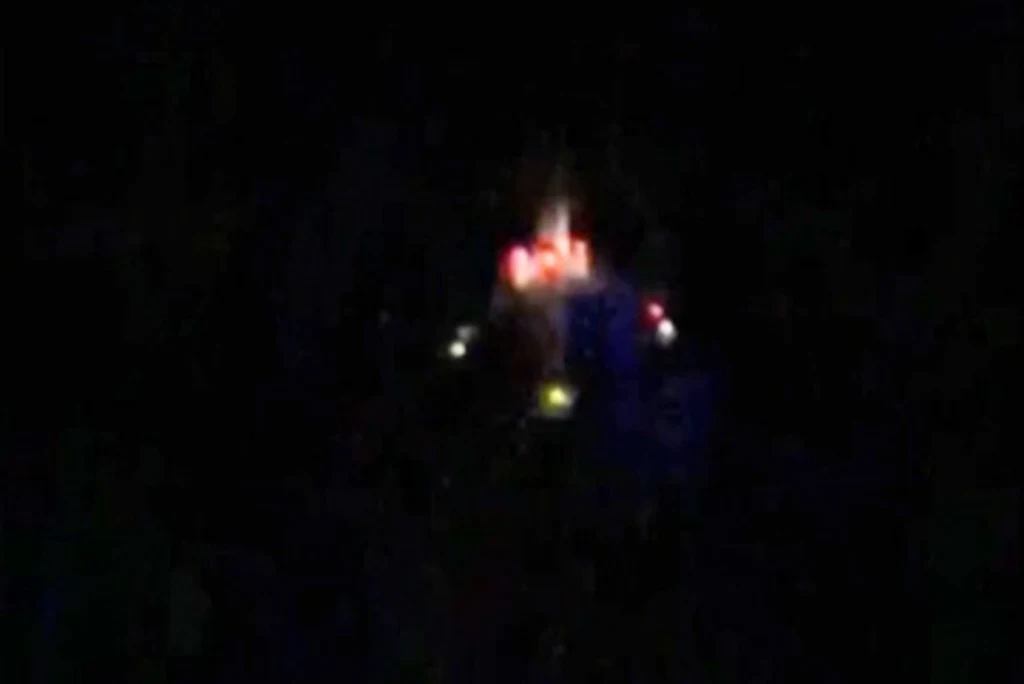
In recent weeks, reports of mysterious drones crisscrossing the skies over New Jersey have captured the public’s imagination. Theories about their purpose range from surveillance to military exercises, but one particularly intriguing hypothesis is gaining traction: the drones are part of a secretive geoengineering experiment. Could this be the first phase of testing a powerful climate-control weapon?
Geoengineering, or the deliberate manipulation of Earth’s climate, has long been a controversial topic. While some argue it could mitigate the worst effects of climate change, others warn that tampering with the environment on such a scale could lead to catastrophic unintended consequences. The New Jersey drones, if connected to such an initiative, may represent the cutting edge of this dangerous technology.
The Case for a Climate-Control Connection
Witnesses report that the drones operate at unusual altitudes and in coordinated patterns, suggesting they are not typical hobbyist devices or surveillance tools. Instead, their behavior aligns with what one might expect from equipment designed to disperse aerosols or other substances into the atmosphere. This is a hallmark of geoengineering, where particles are released into the air to reflect sunlight, alter cloud formation, or even seed rain.
Further evidence lies in the timing. New Jersey has experienced erratic weather patterns in recent months, with unseasonable storms and dramatic temperature swings. Could these drones be testing methods to manipulate local weather conditions? If so, it would mean the technology to influence climate on a regional scale is not only real but operational.
The Weaponization of Weather
While the idea of controlling the weather might sound like science fiction, military analysts have long speculated about its potential as a weapon. A nation—or even a private entity—capable of inducing droughts, floods, or hurricanes could wield immense power over its adversaries. In fact, the U.S. military has explored weather manipulation since at least the Vietnam War, when “cloud seeding” was used to extend monsoon seasons over enemy supply routes.
The drones over New Jersey might represent a leap forward in this technology. Instead of relying on outdated methods, they could be deploying cutting-edge materials like nanotechnology-enhanced aerosols or electromagnetic wave emitters. These tools could theoretically be used to create targeted storms or neutralize natural disasters.
The Risks of Playing God
However, the risks of such experiments are staggering. Altering weather systems in one region can have cascading effects elsewhere, potentially disrupting ecosystems, agriculture, and even geopolitical stability. The recent erratic weather in New Jersey could be an unintended side effect of these tests—or a warning of what’s to come if the technology is deployed on a larger scale.
Critics also warn of the ethical implications. If such technology exists, who controls it? Will it be used to address climate change for the benefit of all, or will it become yet another tool for the powerful to exploit the vulnerable?
What Comes Next?
The mysterious drones over New Jersey raise more questions than answers. Are they harmless prototypes, or are we witnessing the dawn of a new era in climate control? Until transparency is demanded—and achieved—the skies above remain a troubling reminder of humanity’s growing, and often reckless, technological reach.
For now, we can only watch the skies and wonder: Are we tampering with forces beyond our comprehension? Or are we already paying the price for experiments shrouded in secrecy?
